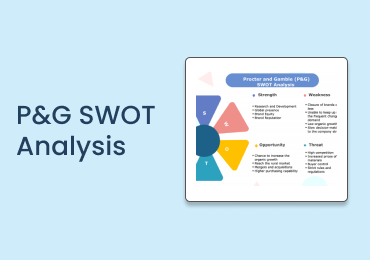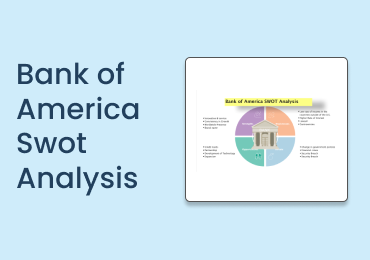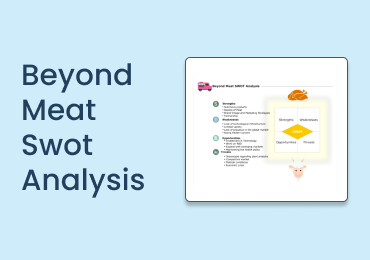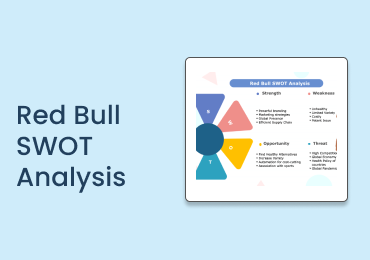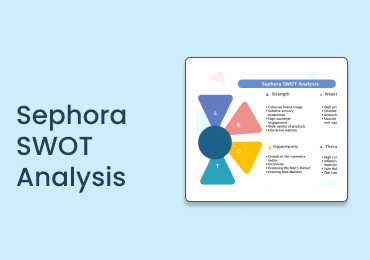Value Chain vs. Supply Chain
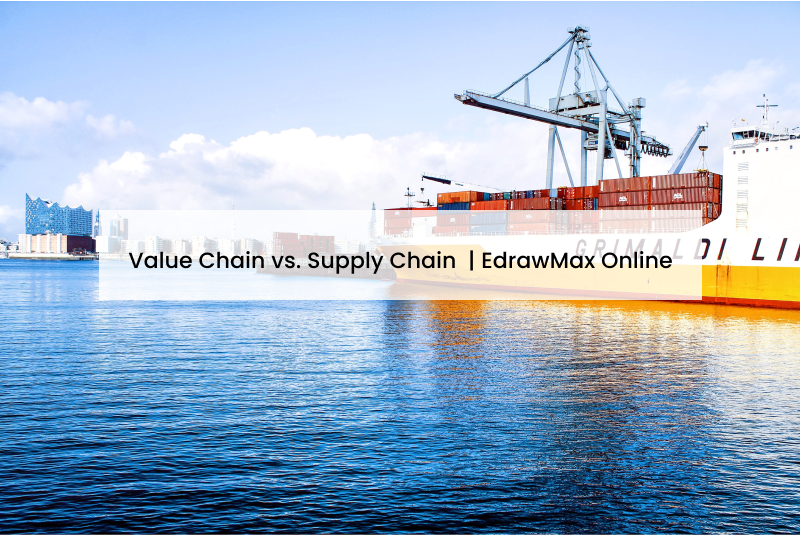
1. Value Chain vs. Supply Chain: An Overview
Value chain vs. supply chain in brief: The value chain aims to give companies a competitive advantage in the market. On the other hand, the supply chain is focused on overall customer satisfaction.
The value chain is the steps in a company in which businesses receive raw materials and add value to them through production or service and other processes. It is a complex process starting from the conception of the product and going to the delivery of the product and even to the after-sales services.
While a supply chain involves all parties involved in fulfilling a customer request, eventually leading to customer satisfaction, it represents the steps to deliver the product or service to the customer. It also involves OEM and aftermarket parts.
2. Value Chain
Micheal Porter introduced the value chain concept in the 1980s and described that this model could be used to gain a competitive advantage. Porter's proposed value chain has two types of activities that coordinate and co-exist to add value to the company processing to transform inputs into cost-effective outputs. These two types of activities are ;
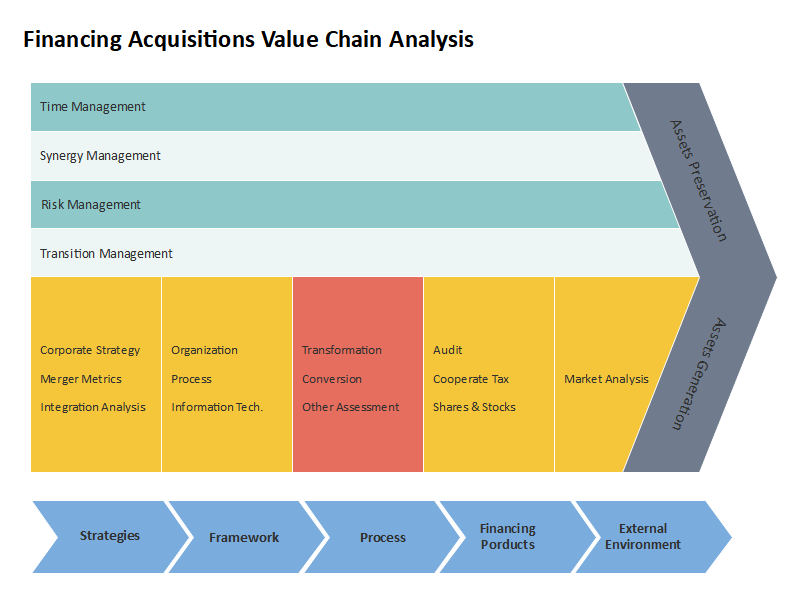
2.1 Primary Activities
Inbound logistics. It includes functions like receiving, warehousing, and managing input materials or inventory. It also encompasses the coordination with suppliers of the raw materials.
Operations. Operations are the processes that convert the raw materials from the inbound logistics into finished products or services.
Outbound logistics. When the product is complete, outbound logistics take over and conduct activities to distribute a final product to a consumer. It includes delivery of the product and storage and distribution systems that can be external or internal.
Marketing and sales. This function makes sure that the products are visible and targets appropriate customers for growing sales numbers. It includes advertising, promotion, and pricing.
Service. These are activities that maintain products and enhance the consumer experience. It includes activities like customer service, maintenance, repair, refund, and exchange.
2.2 Support Activities
Procurement. It involves the acquisition of inputs, raw materials, or resources required to conduct the company's processes. It deals with the acquisition of raw materials and finding and negotiating the best prices with suppliers and vendors.
Technological development. As the world is advancing at a lightning pace, technology development is taking the driving seat in many industries. Technology development is focused on designing and developing manufacturing techniques, automating processes, and advanced products.
Human resources (HR) management. Human resources (HR) management involves everything to hire and train talent for the company so that the valuable workforce is available and working for the company. It is vital to retain and train the most suitable employees who can fulfill the firm's business strategy. HR also deals with compensation policy, conflict management between the company and employees. Training and skill development also come under the umbrella of HR.
Infrastructure. Infrastructure covers the complete operation of the company to ensure the proper working of every component. It involves planning, accounting, finance, and quality control.
3. Usages of Value Chain
The first step to conduct a proper Value Chain Analysis is to study the Primary Activities in the process to transform raw material into finished goods. Therefore, we are going to address each one of them:
1. A company's value chain helps a business to run efficiently. When the business knows what activities are adding value and are eating up resources without achieving much value, it can minimize non-value-adding activities and focus more on valuable activities.
2. The value chain helps in increasing a company's productivity by focusing on the essential operations only. When the required processes are in place, and everything is working correctly, the business can quickly respond to weaknesses, opportunities, and threats.
4. Supply Chain
Supply Chain
The supply chain is the model that manages the flow of all information, products, raw materials, and resources between different stages of production of a product and delivering it to the end-user. A supply chain model is a tool that is built from an operational management perspective to achieve customer satisfaction. So, we can say, value chain vs. supply chain is about competitive advantage vs. customer satisfaction.
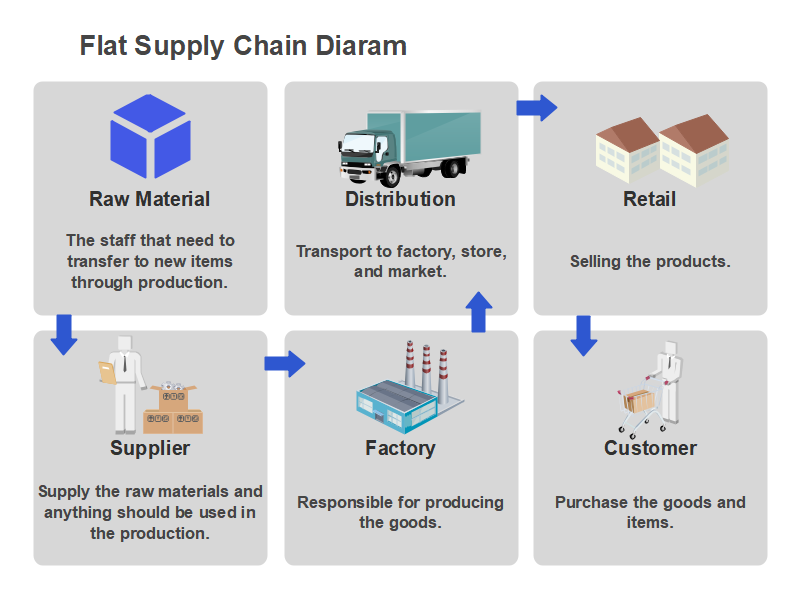
The entities in the supply chain are producers, vendors, warehouses, transportation companies, distribution centers, and retailers. The supply chain includes all functions that start with receiving a customer request and end in fulfillment. These functions are:
- Product development
- Marketing
- Operations
- Distribution
- Finance
- Customer service
- Performance analysis
5. Usages of Supply Chain
1.Efficient supply chain management promotes better planning and forecasting throughout the operations of the business. It means the business periodically procure the raw materials and store them according to the forecasted requirements. Similarly, the supply in the market remains in alignment with the demand. Data analytical models are used for this purpose.
2.Supply chain integrated logistics and product innovation strategies. Hence the business can adjust more dynamically to the fluctuating markets, emergency demands, and shorter product life cycles.
6. Key Differences Between Value Chain and Supply Chain
Value chain vs. supply chain no. 1: value chain focuses on business management while the supply chain focuses on operational management.
Value chain vs. supply chain no. 2: value chain adds value through the product while the supply chain facilitates the production and distribution of the product
Value chain vs. supply chain no. 3: value chain covers the chain from customer request to product development, while the supply chain spans from product request to product delivery.
Value chain vs. supply chain no. 4: value chain is about research, innovation, development, testing, packaging, sales and marketing, and after-sales services. In comparison, the supply chain is about order processing, procurement, logistics, production, assembly, marketing, distribution, delivery, and customer support.
5. Key Takeaways
Value chain and supply chain are both valuable tools for strategic management and planning in a business. These two tools support the business with different perspectives. The supply chain focuses on minimizing costs while delivering on a customer's request to ensure customer satisfaction. Conversely, the value chain focuses on innovation and development of products that can boost sales and hence create a competitive edge for the business in the industry.
It is essential to develop a value chain diagram accurately and efficiently as it acts as a blueprint for planning and production. EdrawMax Online is an excellent tool to help you create these diagrams in a straightforward and time-saving manner. EdrawMax Online is a very versatile all-in-one draw software, with more than 280 templates ready to use in your research and publications. Also, you can find substantial value chain templates in our template gallery,to have a quick start.

